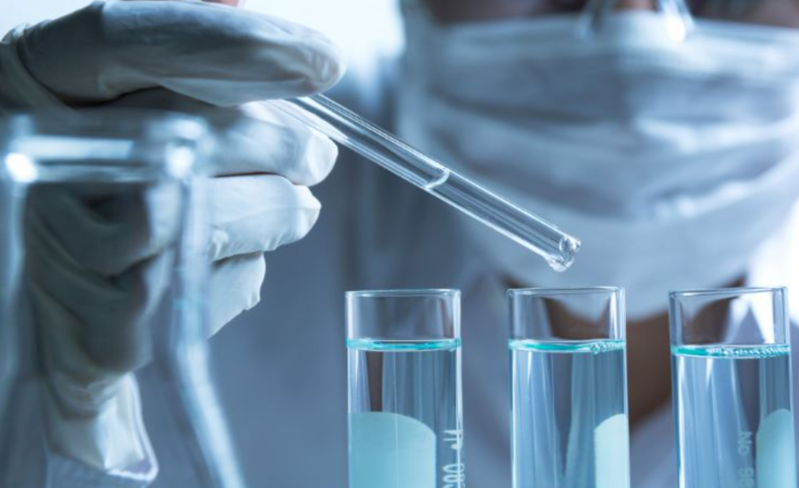Climate and technology shifts shaping pharmaceutical water market
Published on by Water Network Research, Official research team of The Water Network in Academic
Climate crisis and technological innovation shaping pharmaceutical water market
As a significant water consumer to enable production of high-quality medicines, this demand brings both challenges and opportunities for the pharmaceutical industry up to 2033, research suggests.
A report by Cervicorn Consulting forecasts that the pharmaceutical water market will value $96.25 billion by 2033, with a CAGR of 9.26 percent between 2024 and 2033.
Key drivers include a rise in demand for high-quality water in the pharmaceutical industry, automation and government initiatives.

The research suggests that during the forecast period, the market will emphasise addressing the challenges associated with limitations with manual monitoring processes and operational efficiencies.
Technological advances
… innovations such as automation and monitoring technology for water purification are aiding the [pharmaceutical water] sector to progress”
Advancements in water-purification technology for the pharmaceutical industry, including membrane filtration and electrodeionisation (EDI) support increased production.
Furthermore, the report highlighted that innovations such as automation and monitoring technology for water purification are aiding the sector to progress.
However, the report warned that a key challenge for the market is water supply, in which water scarcity in numerous countries is “a result of excessive demand and insufficient supply”. This could therefore pose a major challenge for a sector that depends heavily on water for daily operations, to maintain a steady supply chain in crisis water situations.
Regional investment in the pharmaceutical water market
To support growth, government bodies across the globe have implemented initiatives to support expansion of the pharmaceutical water market, according to the report. This includes the EU’s Horizon Programme aimed at investing in research, and the US Food & Drug Administration (FDA) providing regulatory guidelines for producing and using water in drug manufacturing. Additionally, India, another key market, implemented the Pharmaceutical Water Safety Initiative in 2023.
The authors also noted that North America dominated the pharmaceutical water market in 2023, and their research suggests this trend will continue over the coming years.
In-demand applications in the global pharmaceutical water market
An increasing focus on monoclonal antibodies (mAbs), vaccines and other injectable therapies in the industry brings a greater need for water for injection, the authors added.
Furthermore, growing demand for advanced production technologies as well as a shift towards non-distillation methods means the water for injection sector will remain dominant in the market.
Taxonomy
- Ultrafiltration
- Pharmaceuticals Waste
- Ultra Pure Water
- Pharmaceutical Chemicals
- Pharmaceuticals
- Research and Development UPW for Microrelectronics,Pharma and Medical,Food and Biotechnology